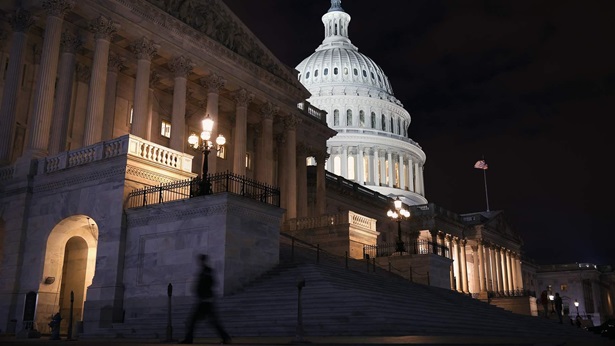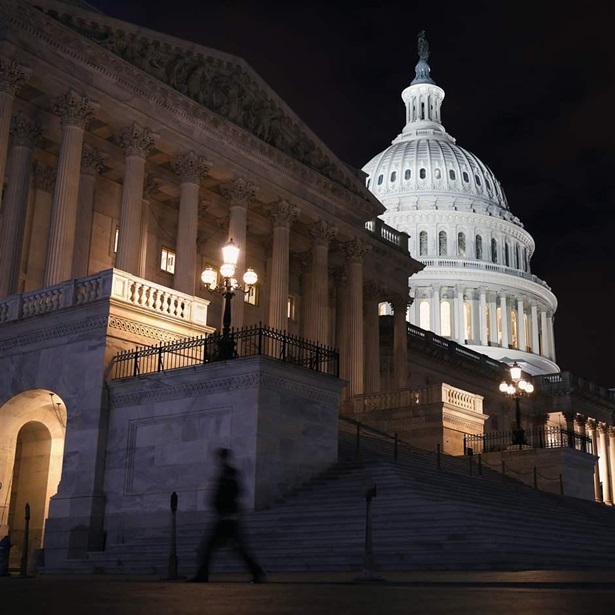State Fiscal Debates to Watch in 2024: The Transition From Pandemic Aid
COVID-19 left a lasting mark on a few sectors, and state legislators will need to help fill the gap
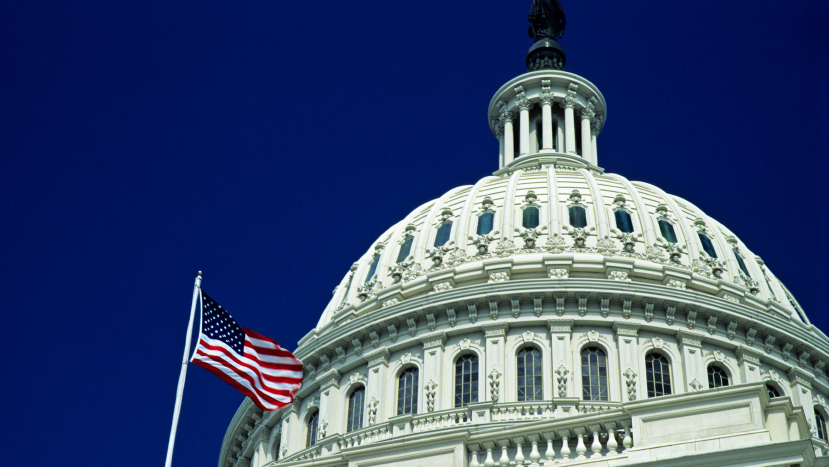
This article is the first in a series about public finance issues that are likely to capture the attention of lawmakers this year.
Between 2020 and 2021, the federal government passed six relief bills in response to the COVID-19 pandemic that provided additional funding for state and local governments, Medicaid, and particularly hard-hit public sectors such as transit. All told, states received an unprecedented $800 billion in relief during this time, including $307 billion in flexible fiscal recovery funding that went directly to state coffers. Now, however, most pandemic aid programs have either ended or are slated do so by the end of 2024. And with sectors such as public education, child care, and transit having suffered lasting harm from the pandemic, the end of that funding means state policymakers throughout the country will have tough decisions to make in the upcoming legislative session.
Among the aid programs that have already expired or are winding down in 2024 are the Medicaid funding boost that Congress authorized in 2020; nearly $16 billion in emergency funding for struggling public transit systems and for Amtrak; the Elementary and Secondary School Emergency Relief (ESSER) Fund, which provided a total of $190 billion to schools; and $24 billion in child care stabilization funds from 2021’s American Rescue Plan Act. In addition, states must allocate any of their remaining flexible recovery funds by the end of this year.
States will spend more on Medicaid while covering fewer people
State Medicaid spending is projected to increase by 17.2% in fiscal year 2024 as states unwind from pandemic-era coverage requirements. The Families First Coronavirus Response Act included a temporary boost to the federal share of Medicaid costs in exchange for states’ maintaining continuous coverage for all enrollees, even if their income status changed. With the end of the public health emergency, states are disenrolling people who no longer qualify, which experts project will reduce overall national enrollment by 8.6% in 2024.
However, disenrollment rates have ranged widely—from 61% in Texas as of January to 13% in Maine and Oregon—and how state officials approach disenrollment amid rising costs is already creating tensions. States with higher disenrollment rates have drawn the attention of the federal government, which in December 2023 issued an interim rule announcing that failure to comply with disenrollment data-reporting requirements would result in funding cuts. Shortly after, the Biden administration called on the nine states with the highest child disenrollment rates to adopt recommended federal strategies to help prevent children and their families from losing coverage.
Child care is rapidly becoming unaffordable or unavailable
The federal funding that helped prop up child care providers during the pandemic expired in fall 2023, and the consequences were almost immediate: closures, resignations, and tuition hikes. According to a national survey by the RAPID Survey Project and the National Association for the Education of Young Children, more than a quarter of providers who ran out of stabilization funding had cut salaries and a similar share reported serving fewer children. Advocates have warned that without intervention, as many as 70,000 programs could ultimately close, affecting more than 3 million children.
State legislators now must decide whether to replace some or all of that lost funding with their own revenue. For example, Virginia Governor Glenn Youngkin (R) has proposed spending nearly $900 million over the next two years to help prop up the state’s pandemic-era child care expansion. In Connecticut, Governor Ned Lamont (D) has laid out plans for a revamped child care funding regime, potentially involving new cannabis or gambling taxes. And Indiana lawmakers expect to take up significant child care legislation this session.
Transit agencies face a fiscal cliff
Ridership on public transit has yet to come back to pre-pandemic levels and with federal transit funding expiring in April, agencies have been turning to states to fill the void. In California, the Bay Area Rapid Transit system is hosting just 43% of its pre-pandemic ridership, while New York’s system has fared better at 72%. Both states have already approved additional funding packages to prop up their transit systems, and New Jersey lawmakers are debating what to do about the state transit agency’s projected shortfall of nearly $1 billion by fiscal 2026. .
Similarly, in Illinois, lawmakers are considering ways to revive Chicago’s struggling transit systems, which have recovered just half of their pre-pandemic ridership. And Washington, D.C.’s metro chief says the system may lose as many as 10 stations, 67 bus lines, and thousands of jobs unless D.C., Maryland, and Virginia can help cover the system’s projected $750 million deficit.
Public school districts could ask legislatures for budget help
From a $407 million deficit in Philadelphia to a $105 million shortfall in Seattle, public school systems across the country are having a hard time planning for the expiration of federal relief funding later this year and are likely turn to state legislators to help fill budget gaps for the next school year and beyond. That’s already the case in Juneau, Alaska, where the Fairbanks North Star Borough School District is facing the largest deficit in its history—$28 million—and asking lawmakers to provide additional funding to soften the blow. In Seattle, board members approved a fiscal stabilization plan that features a combination of staff cuts, fees, transportation changes, and possible legislative reforms, among other options.
State lawmakers will also want to consider the ripple effects of ESSER’s need-based formula, which awarded more funding to districts with a greater share of lower-income students. The formula was intended to ensure an equitable distribution of funds, but it now means that many low-income districts face a steeper fiscal cliff than their more well-to-do counterparts. In New Hampshire, for example, the loss of federal funding would amount to just a 2% budget cut for the Concord School District but mean a decline of up to 14% for the Manchester School District, where a larger share of students are eligible for free and reduced-price lunch.
Liz Farmer works on The Pew Charitable Trusts’ state fiscal policy project.


America’s Overdose Crisis
Sign up for our five-email course explaining the overdose crisis in America, the state of treatment access, and ways to improve care
Sign up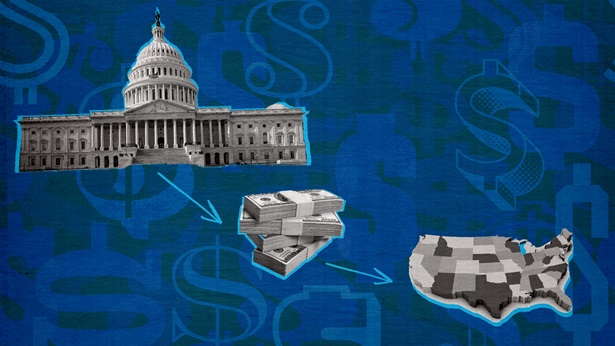
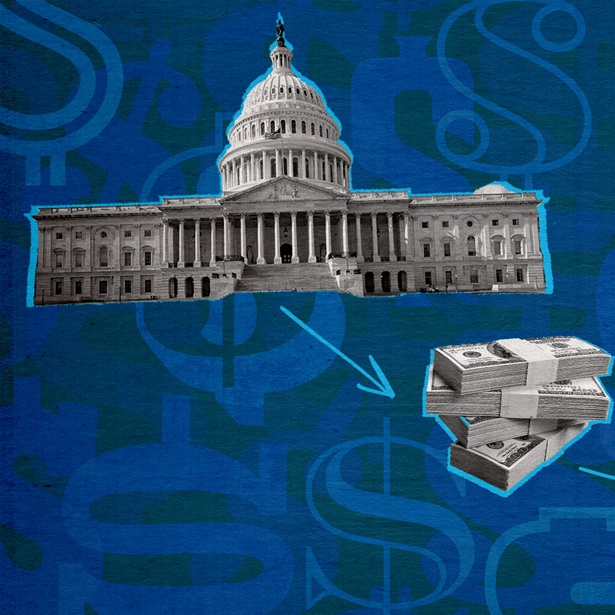
Pandemic Aid: States Safeguarded Against Budget Challenges

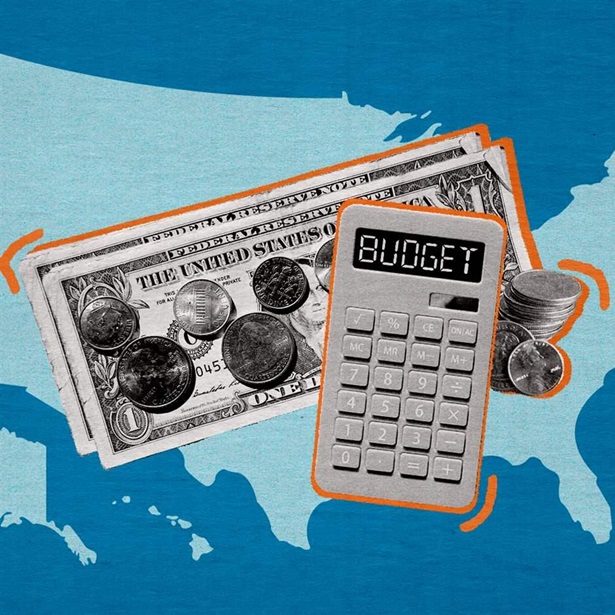
Pandemic Aid Lifts Federal Share of State Budgets to New Highs
